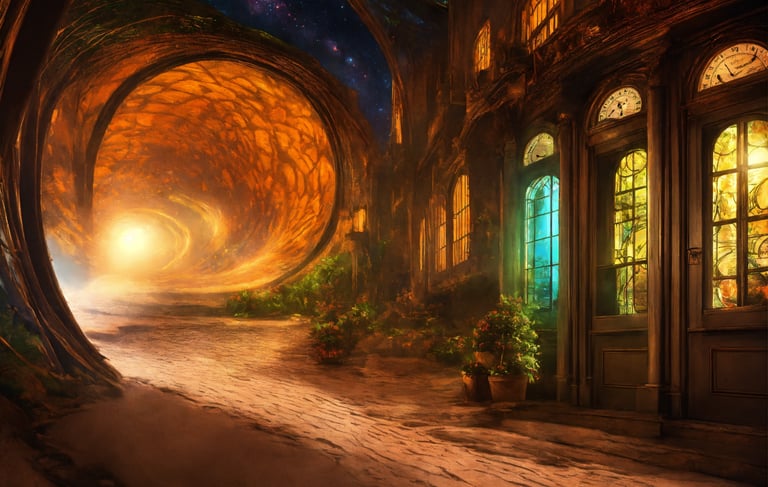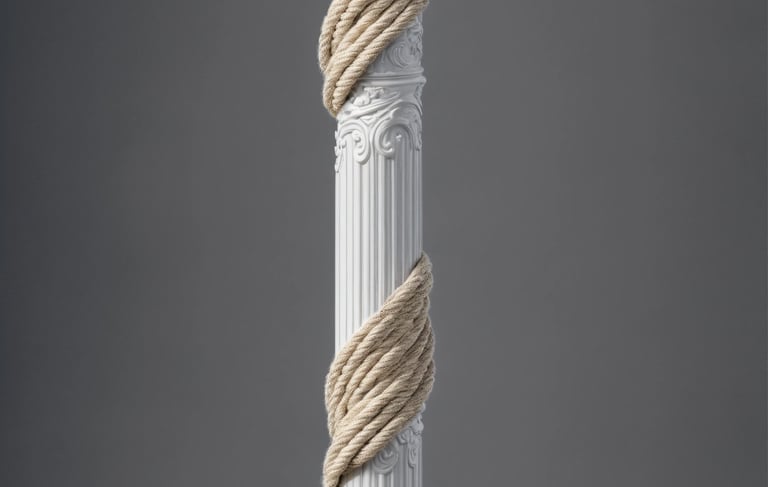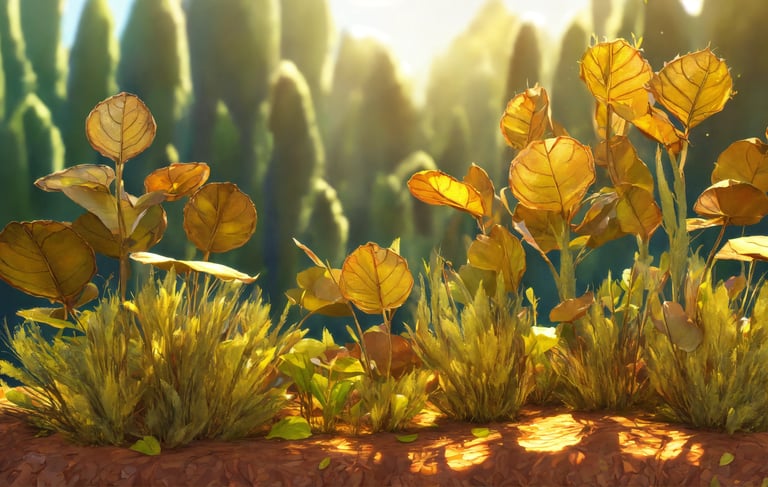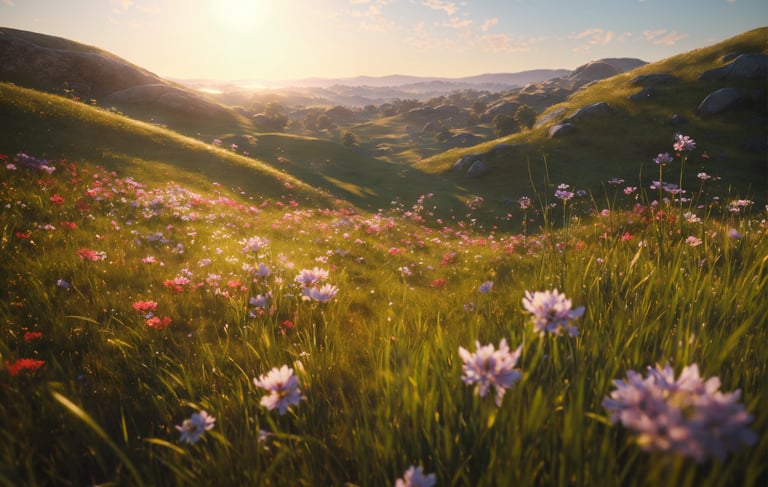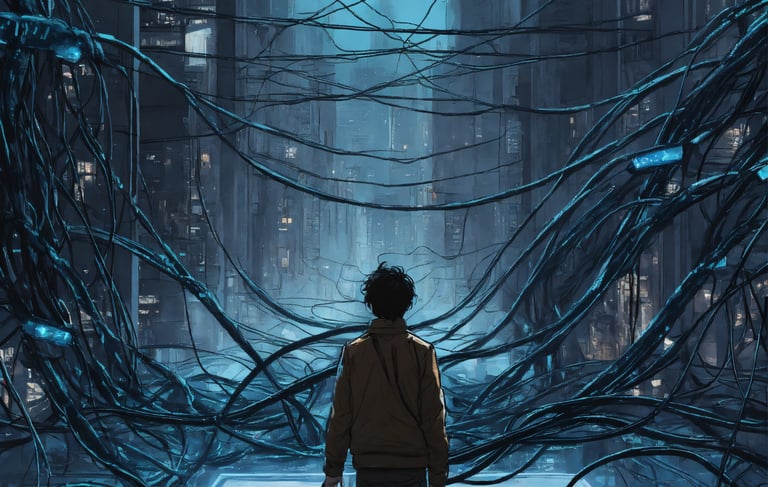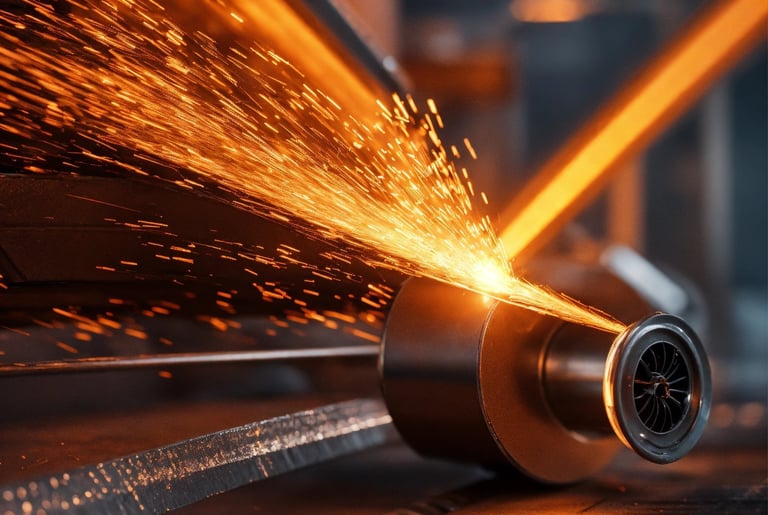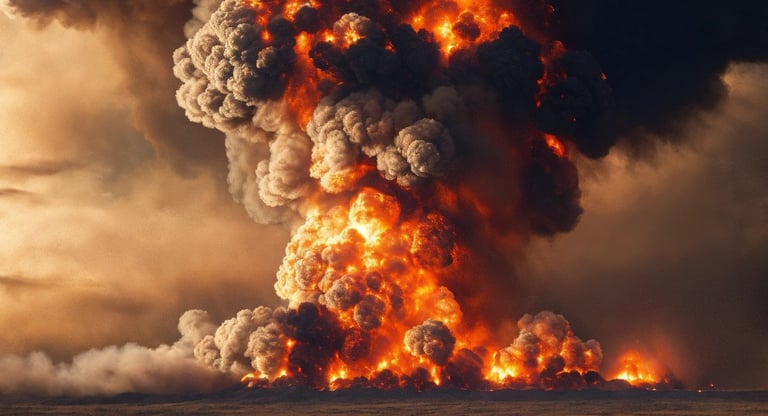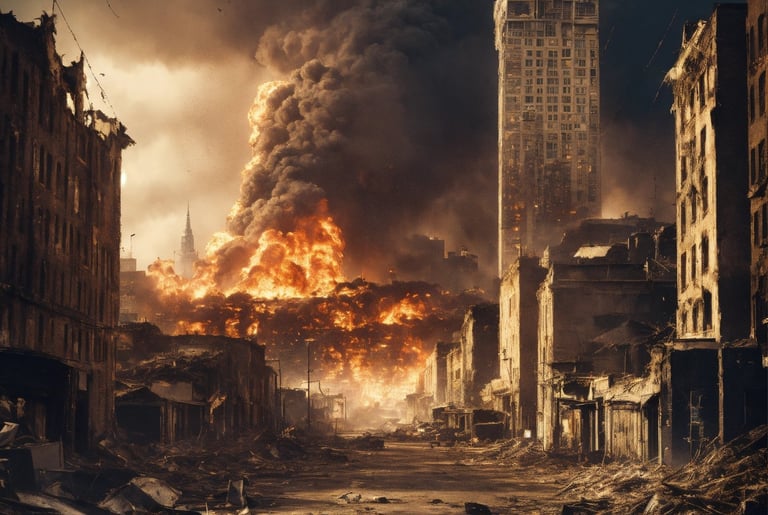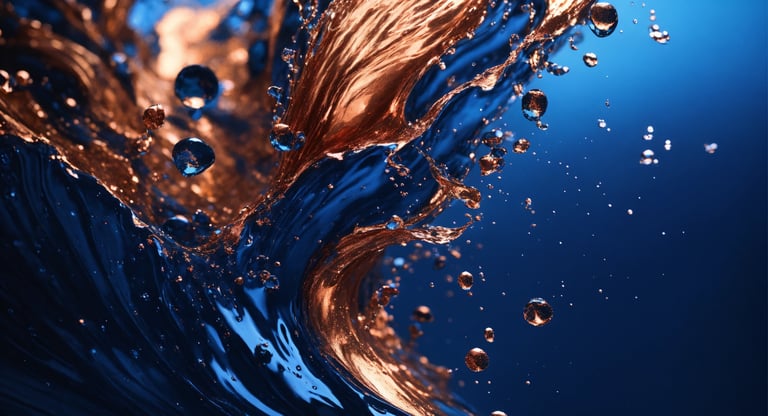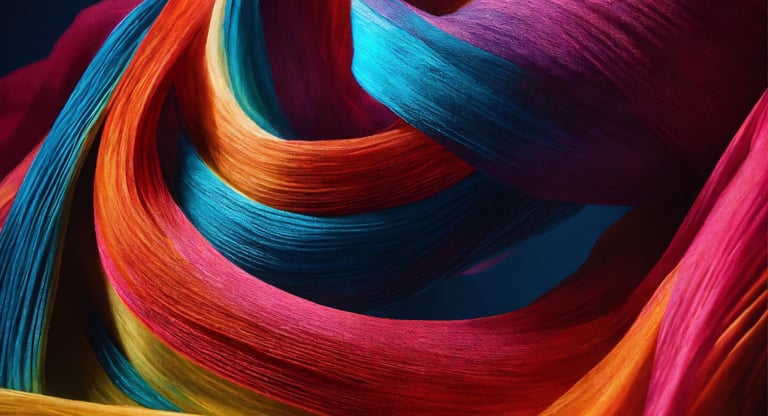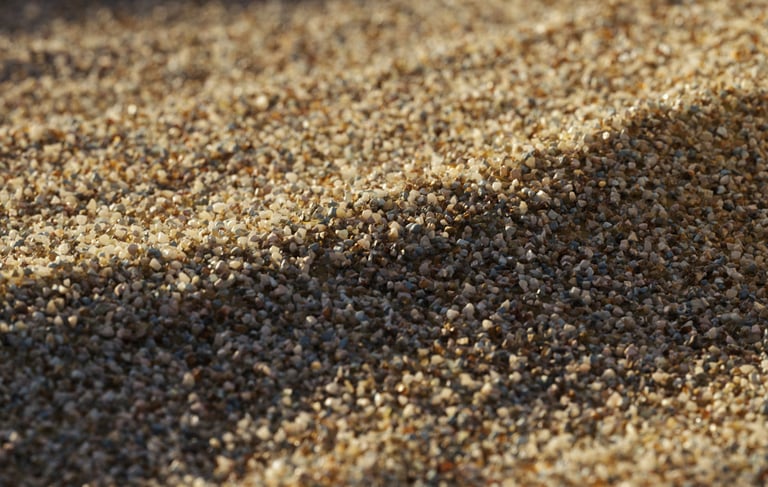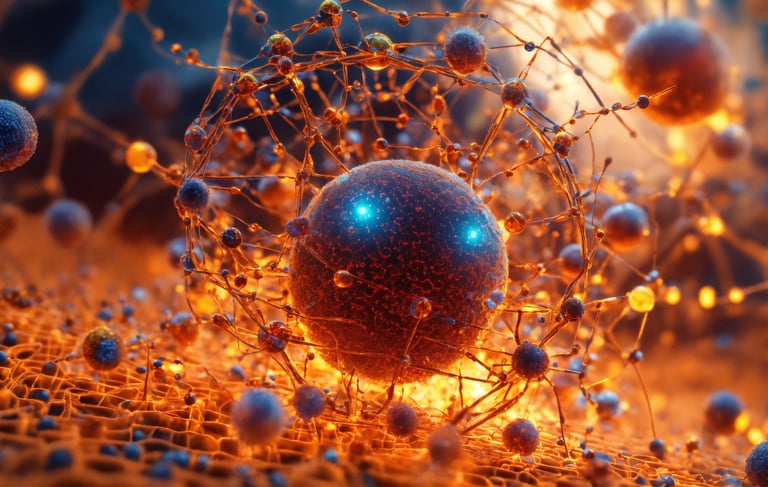Houdini Unchained
A Complete Master VFX Program
Push your Boundaries, Create Magic: Master VFX in Houdini
COURSE SNAPSHOT
"This is a four-month recorded video course designed to elevate your VFX skills and transform you into a confident Houdini artist. This course begins with a strong foundation in procedural modeling, L-systems, and heightfields, enabling you to create intricate landscapes, dynamic assets, and complex procedural designs with ease. Dive deep into Houdini's powerful simulation tools, exploring particle simulations to craft stunning effects like dust, debris, and magical elements.
You'll master rigid body simulations for realistic destruction scenes and Pyro for fire, smoke, and explosions. Delve into cloth and Vellum simulations to bring dynamic fabrics and soft bodies to life, and learn FLIP simulations for realistic water and fluid dynamics. Enhance your procedural skills with VOPs and VEX, building custom tools and fine-tuning complex behaviors. To complete the journey, you'll learn high-end lighting, shading, and rendering using Karma and Solaris to produce cinematic-quality visuals.
This beginner-friendly program includes recorded videos, informative PDFs, and assignments to challenge your creative and technical skills. Covering essential topics like KineFX, grains, hair and fur, and crowd simulations, this course equips you with the expertise to create production-ready simulations and renders, empowering you to excel in modern VFX pipelines. Take the first step toward becoming an accomplished Houdini artist today!
To take your VFX skills to the next level! In Houdini Unchained, we don’t just stop at creating stunning simulations—we go beyond by integrating industry-standard compositing techniques using Nuke. Learn how to work with multichannel EXRs, extract render passes, fine-tune lighting and effects, and seamlessly blend CG elements into real-world footage.
With dedicated video lessons on Nuke’s multichannel compositing workflow, you’ll gain the skills used by top studios to deliver cinematic-quality visuals. This is your chance to master a complete VFX pipeline—from procedural Houdini setups to advanced Nuke compositing—all in one powerful course!
COURSE CONTENT
PARTICLE SIMULATION
The Houdini Particles Curriculum introduces students to the creation and control of particle systems for VFX. It begins with the basics of particle generation, teaching how to emit and manipulate particles using forces like gravity and wind. Students then learn to control particle behavior through attributes such as velocity, lifespan, and collision detection. The curriculum also covers particle effects, like trails, sparks, and fluid-like behaviors, along with customizing simulations using Houdini’s powerful VOPs and VEX. Finally, students learn to optimize and render particle systems for high-quality results in film and game projects.
PYRO SIMULATION
The Houdini Pyro Simulation Curriculum covers the creation and control of realistic fire, smoke, and explosions using Houdini’s powerful Pyro Solver. It begins with pyro fundamentals, teaching students how to generate and control smoke and fire through key attributes like temperature, density, and fuel. The curriculum then explores pyro dynamics, focusing on shaping simulations with forces like wind and turbulence, as well as adding details like noise and dissipation. Students also learn customizing pyro shaders for realistic rendering, as well as optimizing simulations for efficient, high-quality outputs in VFX projects.
RIGID BODY SIMULATION
In this module, students will delve into the core concepts of rigid body dynamics (RBD) and destruction in Houdini, focusing on creating realistic simulations of solid objects that interact and break apart under physical forces. They will learn to set up and configure RBD objects, emphasizing key properties such as mass, friction, and bounciness to achieve authentic movements and reactions. The course will also cover advanced techniques for implementing destruction effects, including the creation of ground planes for interaction, the use of constraints, and the application of collision geometry. By the end of this module, students will be equipped to produce compelling dynamic scenes with intricate object interactions and destruction, utilizing Houdini’s powerful simulation tools to enhance their 3D projects.
FLIP SIMULATION
In this module, students will explore the principles of FLIP simulation in Houdini, focusing on creating realistic fluid effects using a combination of particles and grid-based simulations. They will learn to set up and configure FLIP fluids, emphasizing key concepts such as particle attributes, viscosity, and surface tension to achieve authentic fluid behavior. The course will cover techniques for controlling fluid motion, including the use of forces, collisions, and initial conditions. By the end of this module, students will be equipped to produce dynamic and visually stunning fluid simulations, leveraging Houdini’s powerful FLIP technology to elevate their 3D projects.
VELLUM SIMULATION
Houdini’s unified solver for cloth, soft bodies, and other dynamic simulations. It begins with an introduction to Vellum basics, where students learn to simulate cloth, hair, and soft bodies using constraints like stretch, bend, and pressure. The curriculum then dives into customizing Vellum simulations, teaching how to fine-tune material properties and collision settings for realistic behavior. Students will also explore Vellum dynamics, learning to simulate draping, tearing, and interactions with external forces. Finally, the course covers rendering and optimizing Vellum simulations for high-quality outputs in VFX and animation.
GRAINS
Grains introduces students to the creation and simulation of granular materials like sand, snow, and dirt. It begins with the basics of grain solvers, teaching how to generate and control grain behavior such as friction, stiffness, and particle size. Students then explore grain dynamics, focusing on interactions with other objects and materials, including collisions and fluid-like behaviors for substances like wet sand. The course concludes with customizing and rendering grain simulations, ensuring students can optimize and produce realistic, high-quality effects for VFX and animation.
HAIR AND FUR
The Houdini Hair and Fur Curriculum covers the creation, styling, and simulation of hair and fur. Students start by learning how to generate hair and fur using guide curves and control attributes like length and density. The course then focuses on grooming techniques, teaching how to style hair with brushes and procedural tools for realistic effects. It also covers hair dynamics, adding physics-based movement for natural behavior. Finally, students learn shading and rendering to achieve photorealistic results, focusing on lighting and optimization for high-quality outputs in VFX and animation.
LOOKDEV
In this module, students will focus on look development in Solaris specifically tailored for creating stunning visual effects (VFX). They will learn to utilize USD-based workflows to manage complex scenes and assets, emphasizing the integration of materials and shaders designed for effects like smoke, fire, and fluids. The course will cover the use of Karma for rendering effects in real time, enabling students to fine-tune materials and lighting setups for optimal visual impact. Key topics include the application of particle attributes, matte painting techniques, and the creation of dynamic simulations that enhance the overall look. By the end of this module, students will be equipped to produce high-quality VFX assets and sequences, leveraging Solaris's powerful capabilities to elevate their 3D projects.
START YOUR JOURNEY NOW!
FULL PAYMENT
YOU CAN PAY THE SAME IN
2 INSTALLMENTS
OR
Rs. 50000
Fill Up the Form and Let Us Call You for More Info:
OR
8800418877
8800606360
Talk to Us at:

